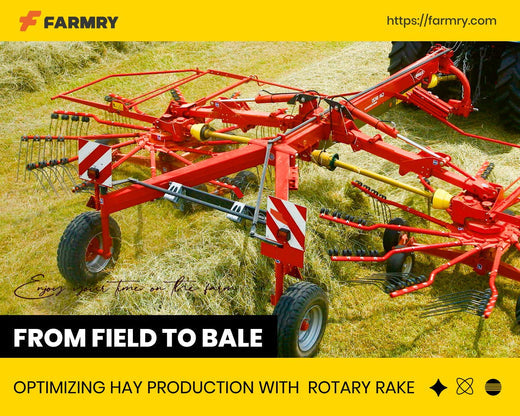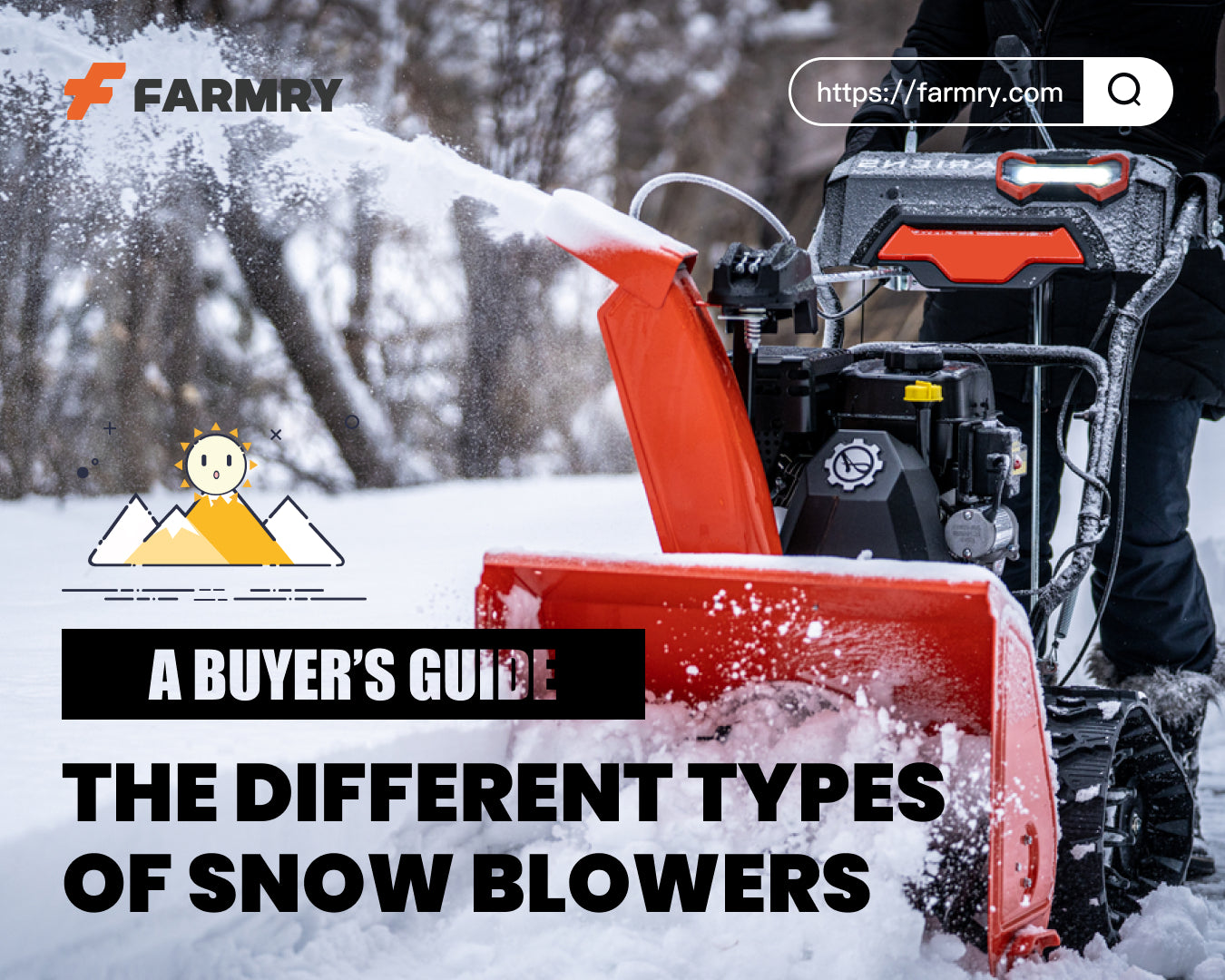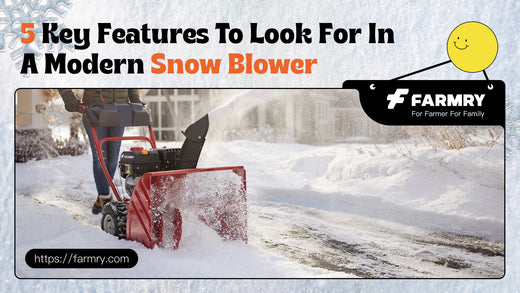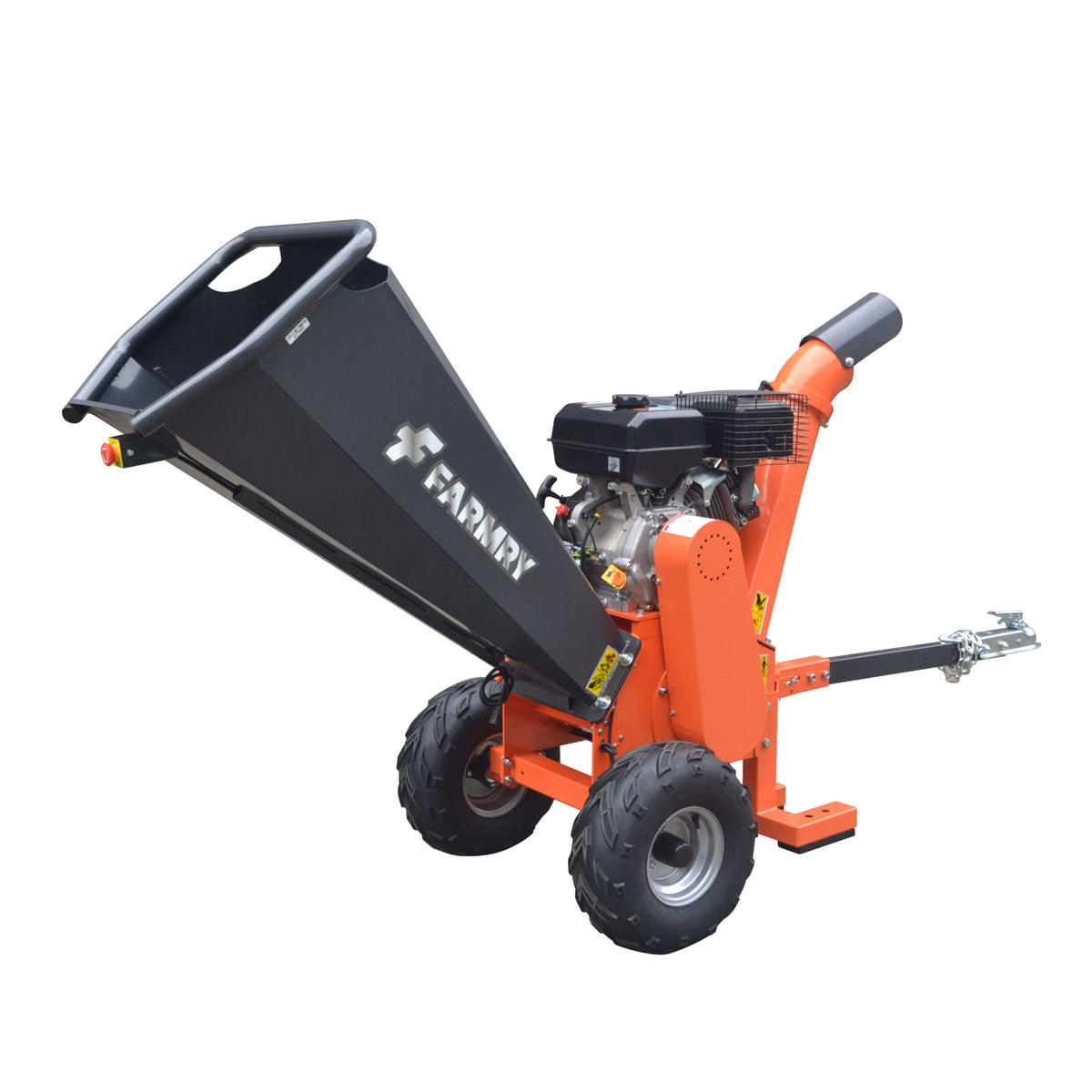The Complete Guide to 3-Point Wood Chipper Shredder Attachments
 The Complete Guide to 3-Point Wood Chipper Shredder Attachments
The Complete Guide to 3-Point Wood Chipper Shredder Attachments
Introduction: Turning Branches Into Useful Wood Chips
If you live in the country, manage a farm, or own wooded property, you already know that branches, brush, and storm debris pile up quickly. Whether it’s seasonal pruning, clearing after an ice storm, or keeping trails safe, you need a reliable way to turn waste wood into usable mulch or manageable chips.
That’s where the 3-point wood chipper shredder attachment comes in. Designed to connect directly to your tractor’s PTO, this PTO-driven attachment transforms piles of branches into neat, uniform wood chips in minutes. It’s a favorite among independent country living enthusiasts, small acreage farmers, landscapers, and even municipal crews.
In this guide, we’ll cover everything — how these machines work, key features to look for, maintenance tips, and how to find a dealer in your area or locate a distributor if you’re shopping internationally. We’ll also integrate feedback from real-world buyers so you can choose a model that truly meets your needs.
1. What Is a 3-Point Wood Chipper Shredder Attachment?
A 3 point wood chipper is a PTO-driven attachment that mounts to your tractor’s 3 point hitch or quick hitch system. The tractor’s PTO shaft powers the chipper’s flywheel, which spins chipper blades or reversible blades at high speed.
When you feed branches into the infeed roller or hydraulic infeed system, the wood is pulled into the cutting chamber. The blades slice and chip the wood, often with help from twig breaker paddles that prevent jams and ensure easy material flow. The resulting wood chips exit through an adjustable exit chute, ready for mulching, composting, or disposal.
2. How PTO Wood Chippers Work
The beauty of a PTO wood chipper is its simplicity and efficiency:
-
Connection – You attach the chipper to your tractor’s 3 point hitch or quick hitch.
-
Power Source – The tractor’s PTO shaft transfers power to the chipper’s flywheel.
-
Feeding – Branches enter via a self feeding chute or are pulled in by a feed roller.
-
Chipping Process – Chipper blades mounted on an over sized rotor slice wood into chips. The rotor’s mass helps maintain momentum, reducing vibration and energy spent.
-
Output – Chips are expelled through the adjustable exit chute, letting you direct wood chips where you need them.
Some models feature hydraulic infeed for more control, while others rely on gravity or auto feed for faster processing of smaller branches.
3. Key Features That Matter
Hydraulic Infeed vs. Gravity Feed
A hydraulic infeed uses a hydraulic motor to turn the feed roller, giving you adjustable feed speed and better control when processing thicker and harder woods. Gravity feed models are simpler and lighter but may require more manual pushing of material.
Chipper Blades & Reversible Blades
High-quality chipper blades are essential for performance. Reversible blades double the lifespan — when one edge dulls, flip it over before sharpening or replacing.
Over Sized Rotor Increases Efficiency
A heavier rotor stores more rotational energy, allowing you to chip harder woods and tackle smaller branches without bogging down the tractor.
Twig Breaker Paddles
These break down small twigs and leaves, preventing them from clogging the chute and ensuring easy material flow.
Adjustable Exit Chute
Being able to direct wood chips into a trailer, pile, or garden bed saves time and effort.
Self Feeding Chute
A good self feeding chute design means less manual pushing and more consistent chipping.
Reducing Vibration
Well-balanced rotors, tight tolerances, and sturdy frames all help in reducing vibration, which makes the chipper more comfortable and safer to operate.
Prevent Overheating
Look for models with open flywheel housing designs or airflow-enhancing vents to prevent overheating during long jobs.
4. Matching the Machine to Your Needs
Not every wood chipper is built for every job. Here’s how to match your purchase to your workload:
-
For smaller branches – A light-duty PTO chipper with gravity feed is sufficient.
-
For thicker and harder woods – Choose a model with hydraulic infeed, over sized rotor, and hardened chipper blades.
-
For post-storm cleanup – Quick set-up and large capacity help clear debris from an ice storm quickly.
-
For commercial use – Heavy-duty build, replaceable wear parts, and dealer support are crucial.
5. Understanding 3 Point Hitch & Quick Hitch
A 3 point hitch connects your tractor to the chipper in three places — two lower arms and one top link — ensuring stability and power transfer. A quick hitch allows you to attach and detach without leaving the tractor seat, saving time for busy operators.
When buying, confirm your chipper’s hitch category matches your tractor’s (Category 1, 2, etc.) and that your PTO output (commonly 540 rpm) matches the chipper’s design.
6. Real Buyer Personas & Pain Points
From our research, here are the main groups considering a PTO wood chipper:
-
Small Acreage Hobby Farmers – Need affordable, space-saving tools.
-
Rural Homeowners – Want low-maintenance machines that are safe and easy to use.
-
Commercial Landscapers – Need high-capacity chippers to avoid downtime.
-
Orchard Owners – Care about chip size for mulching and avoiding clogging with green wood.
-
Municipal Grounds Crews – Require compliance with safety rules and robust performance.
-
Tree Service Contractors – Value portability and blade durability.
-
Homesteaders – Want rugged, repairable equipment for off-grid living.
-
Land Developers – Need maximum throughput and quick part replacement.
-
Rental Yard Owners – Want simple, durable machines that can handle inexperienced operators.
-
Wildlife Habitat Managers – Seek low-impact chippers for mixed materials.
7. Maintenance & Longevity Tips
-
Blades – Keep chipper blades sharp; flip reversible blades before they’re too worn.
-
Infeed Rollers – Grease the feed roller and hydraulic components regularly.
-
PTO Shaft – Check shields and lubrication; replace worn parts immediately.
-
Flywheel – Inspect for cracks or imbalance to maintain reducing vibration benefits.
-
Storage – Keep indoors when possible to extend lifespan.
8. Final Thoughts: Tools That Make Country Living Easier
The right 3 point wood chipper is more than a machine — it’s a power equipment investment that helps you maintain your land, manage waste efficiently, and even create useful mulch. For those of us who appreciate good tools and take great pride in beautifying our properties, a PTO-driven chipper is one of the most durable, simple, and useful implements you can own.
If you have questions regarding our products, technical questions regarding compatibility, or want advice on which model is right for your tractor, please contact us. Whether you’re in the U.S. or abroad, a good dealer or distributor in your region can guide you to the best choice.
From forestry projects to cleaning up after storms, these machines are built for those who value efficiency, reliability, and the satisfaction of seeing a job quickly eliminated. And when you choose a model from a company that shares your values — us with our passion for manufacturing and selling machines that make outdoor work easier — you’re investing in more than equipment. You’re investing in a smoother, cleaner, and more productive way of life.







